Despite living in a country where a man could be called up for battle at any time these young men must have dreamt of peace, a time to spend in their newly acquired piece of England, but many a dream was shattered in the era that we know as the Wars of the Roses - regardless of which side you fought on. The Beaumonts of Leicestershire were staunchly Lancastrian and at the Battle of Towton, Henry VI's forces would be brought to their knees by Edward IV's Yorkist army.
I don't know yet of the fate of John and Henry Beaumont's bodies, maybe their battered faces were recognised among the dead and they were taken home but I doubt it. What is more likely is that they were both thrown into one of the many mass graves dug on the battlefield, to spend eternity with the thousands of other nameless poor souls.
My post makes grim reading, doesn't it? But what makes even grimmer reading is the shocking evidence of how exactly many of the soldiers at Towton died. One man on the battlefield that day is now known as Towton 25 he was called this because we don't know his name, but what we do know is that what remains of him is gruesome evidence of what he had to endure.
meanderingthroughtime.weebly.com/wars-of-the-roses-blog/battle-of-towton-29th-march-14611
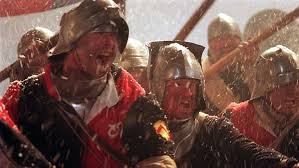
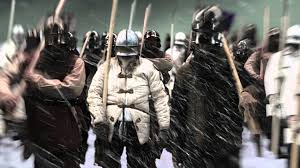

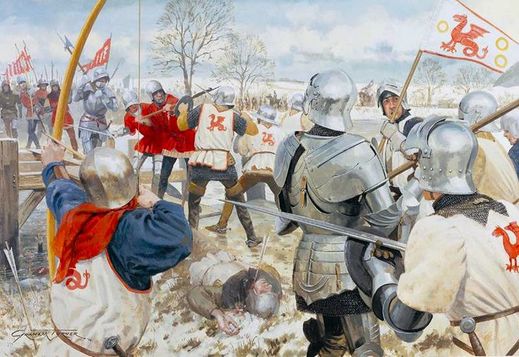
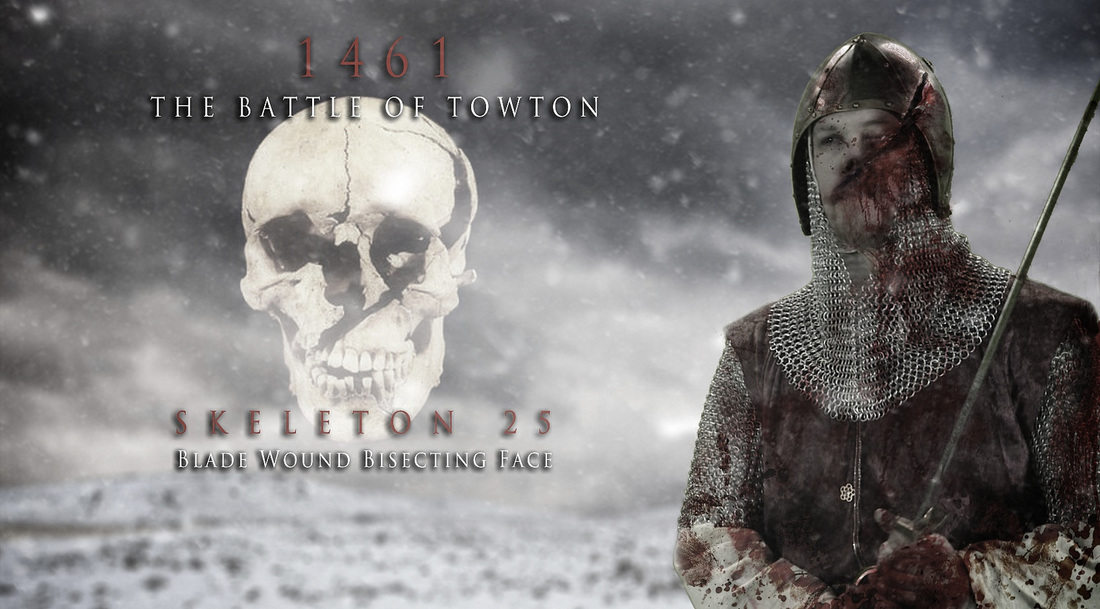
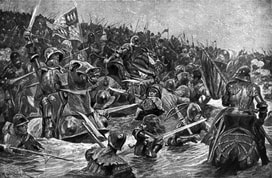
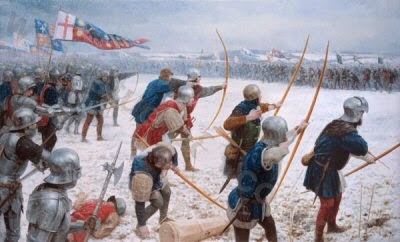
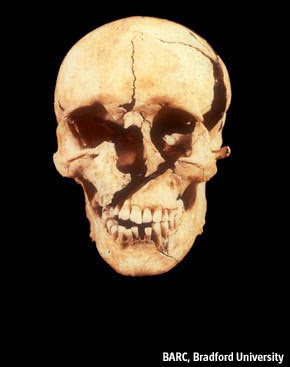
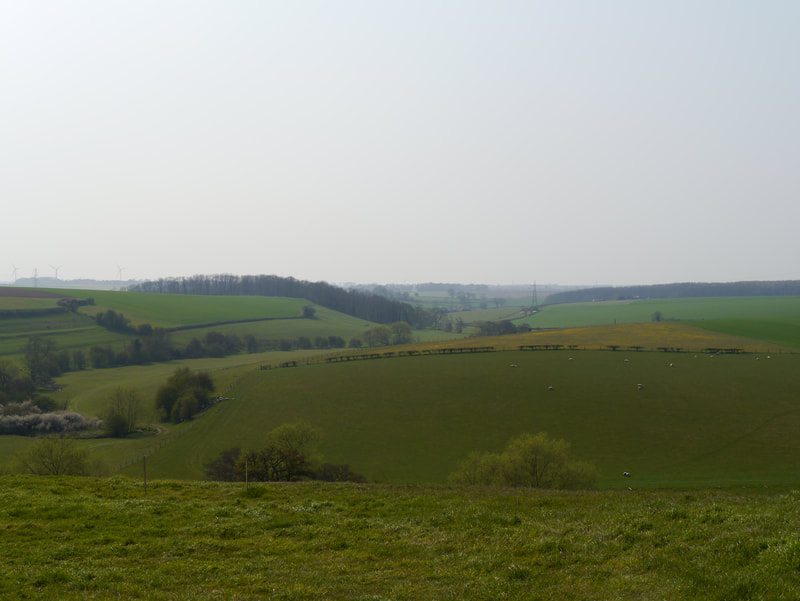

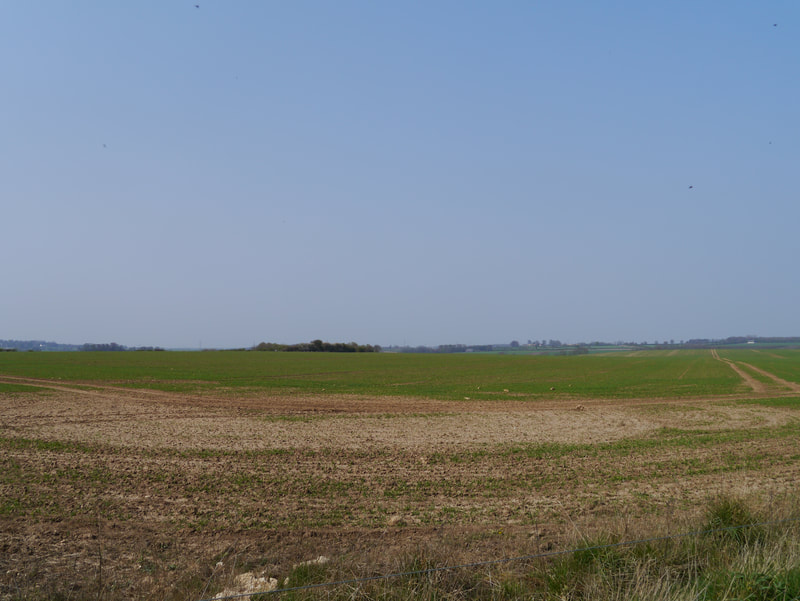
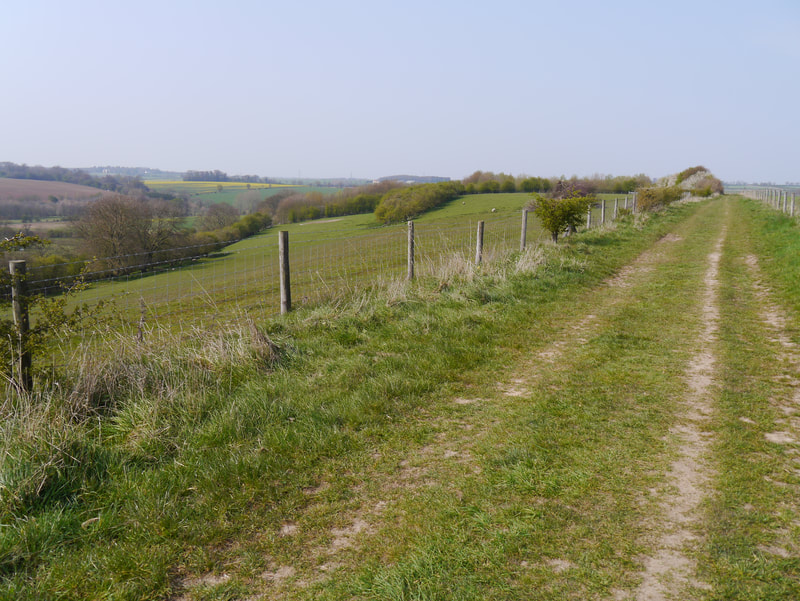

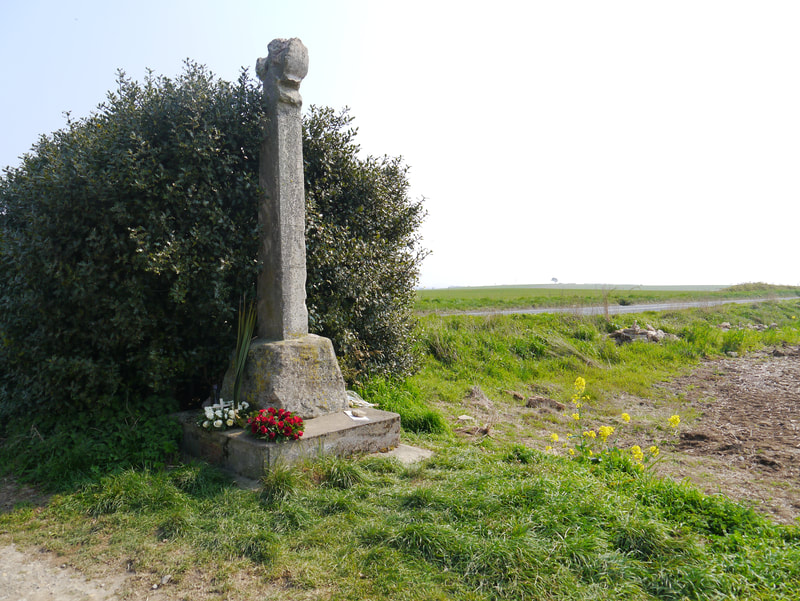
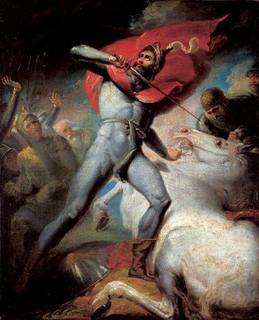
 RSS Feed
RSS Feed
